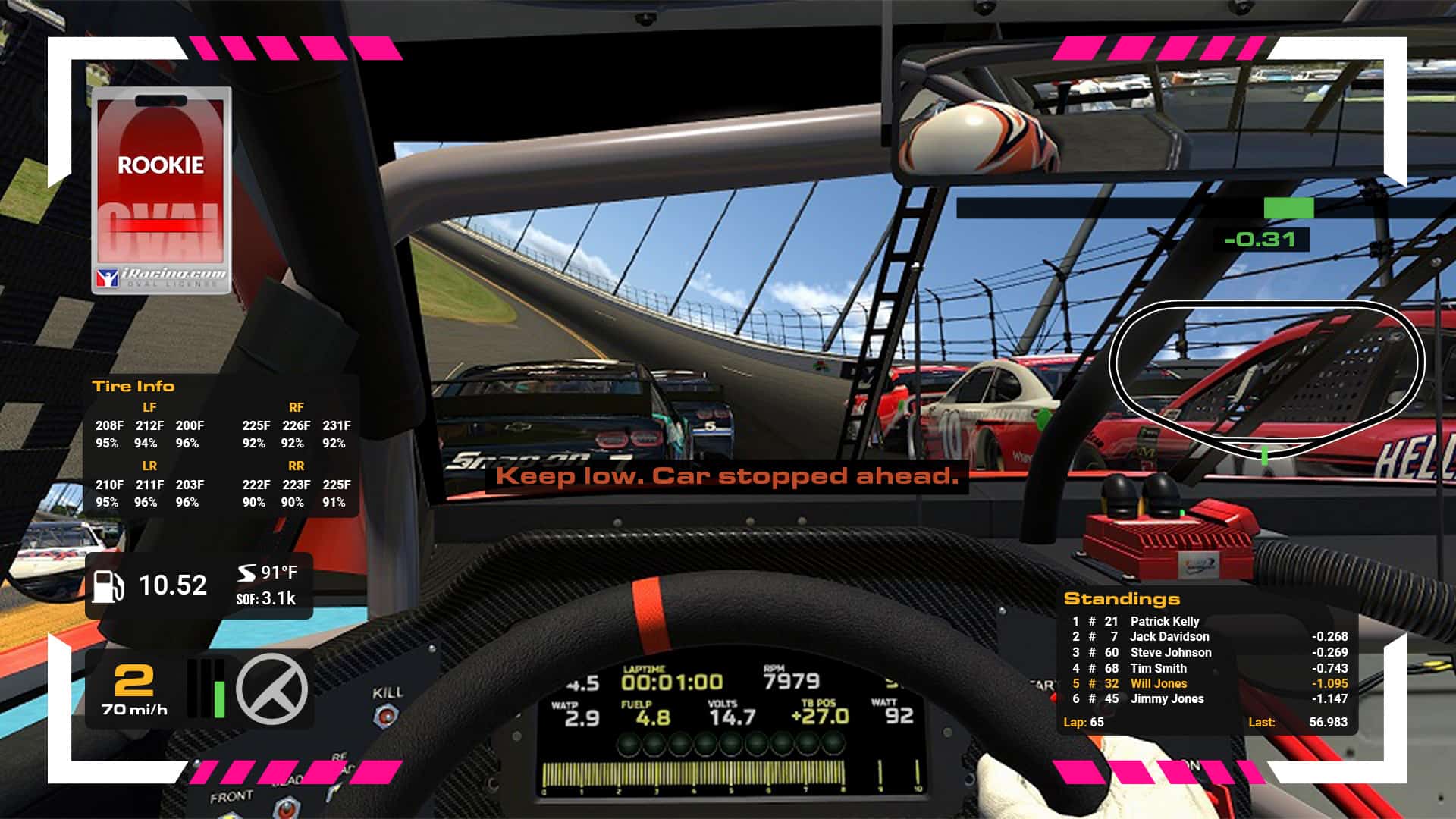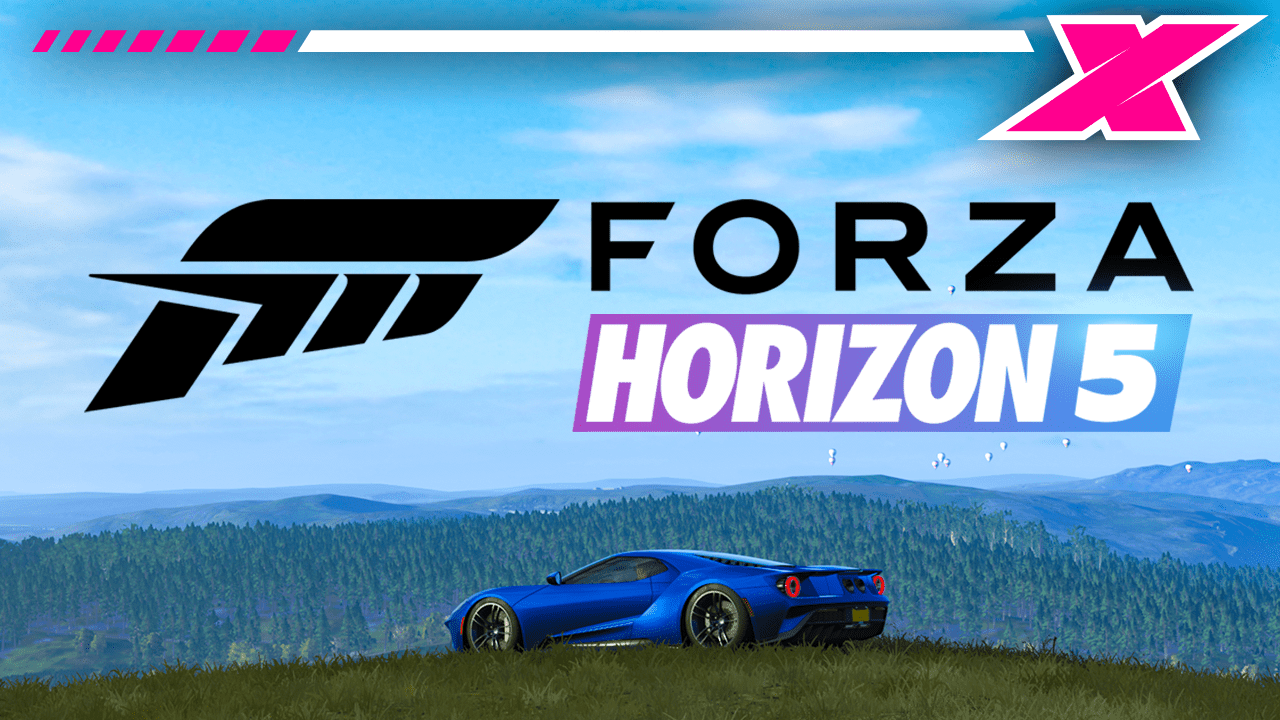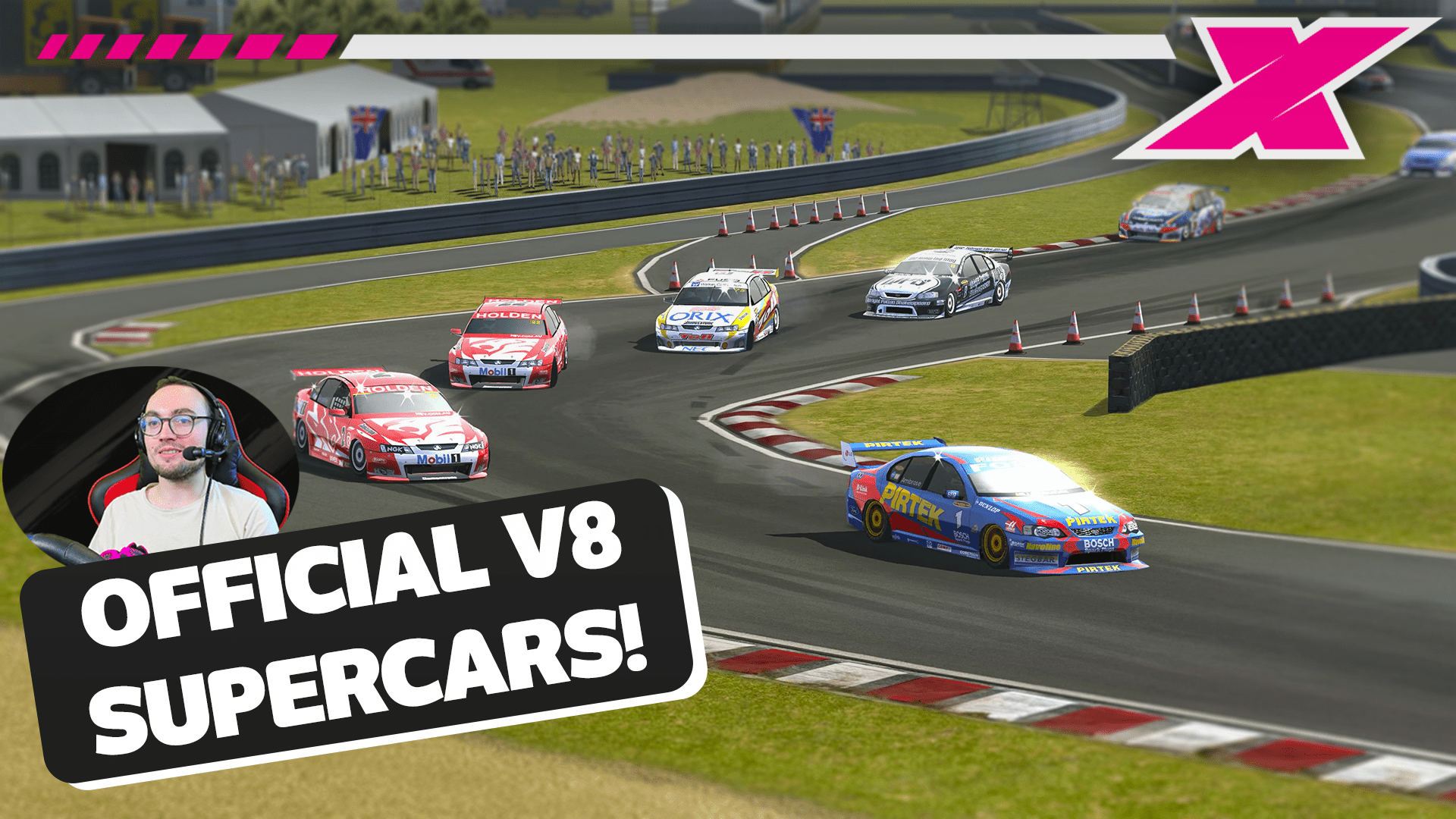It’s often referred to as the highest level of sim racing competition with over 170,000 active members on the service. The iRacing.com Motorsport Simulations platform gives sim racers more than a place to race online, it gives virtual drivers goals, purpose, and a showcase for talent that is broadcasted both online at high capacity, as well as on cable TV networks.
Even with the minimum required equipment, anyone can be the next big iRacer. From the start of the journey to the top of the charts, there are three basic elements to help iRacing members advance through the ranks: License, iRating, and Safety Rating. Maximizing all three, whether it’s on the pavement or dirt, driving ovals or road courses, will put members in an elite class, possibly with the ability to advance further above the given ranks to Pro / World Championship status.
It’s fairly easy to focus on each element individually. Staying in the back and avoiding wrecks will help Safety Rating, but possibly at the cost of iRating. Focus on bringing home the virtual flag or the steering wheel and iRating might go up, but Safety Rating and License level may suffer. Only participating in Time Trials will meet Minimum Participation Requirements (MPR) for advancing license levels, but iRating won’t change and Safety Rating will barely budge. Only the masters of all three rise to the top of the competition.
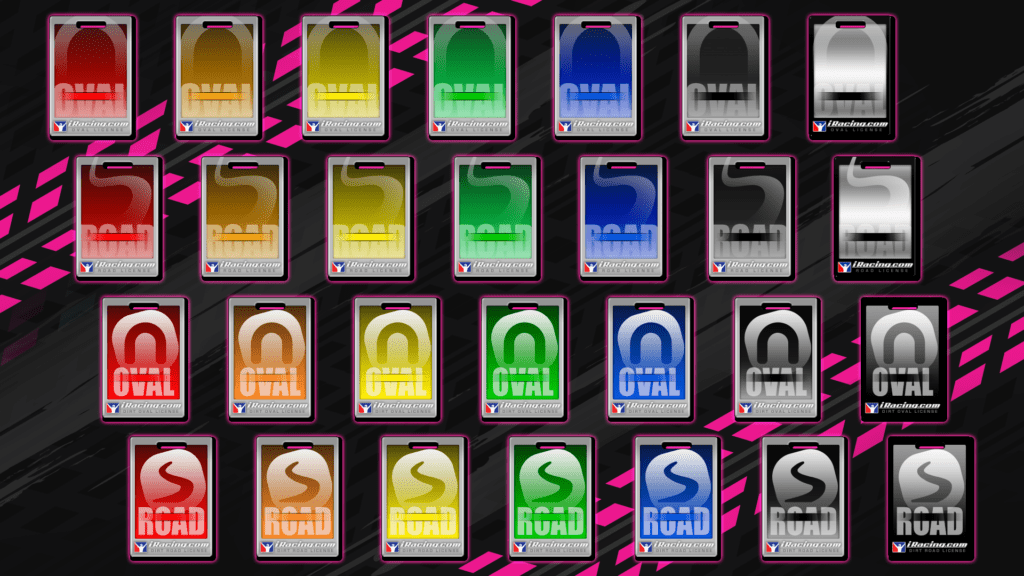
BASIC KNOWLEDGE: License Level
The first thing that any driver is given with an iRacing membership is a Rookie License in all four of their class specifications – Oval, Road, Dirt Oval, and Dirt Road – and it’s during the rookie races where drivers are meant to learn basic race craft and get a feel for how the sim handles.
In rookie classes, the content that is provided with membership is used towards matching up the season schedule. There are at least two free vehicles per class that runs ranked rookie races:
Rookie Oval: Street Stock | Legends Ford ‘34 Coupe
Rookie Road: Global Mazda MX5 Cup | Formula Vee (Coming Season 3)
Rookie Dirt Oval: Dirt Street Stock | Dirt Legends Ford ‘34 Coupe
Rookie Dirt Road: Off Road Pro 2 Lite | Rallycross Volkswagen Beetle
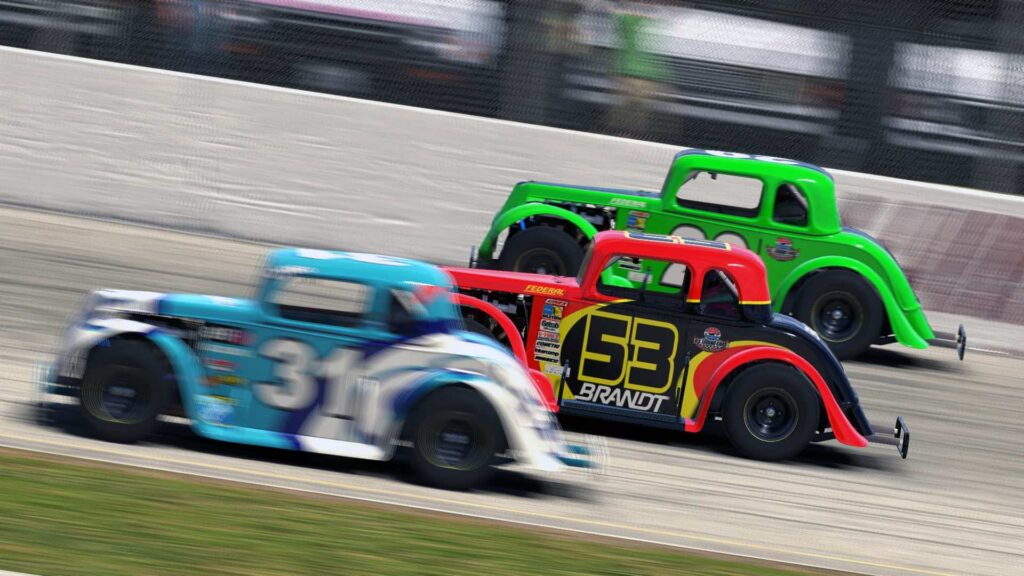
The rookie races also must have a schedule of tracks so that members who are trying the service for the first time can race without any extra cost. Those included tracks differ season to season, but tracks like Charlotte Motor Speedway, Lime Rock Park, the Lanier Dirt Track and various Rallycross layouts built into legacy tracks like Daytona and Phoenix are some of the first venues a new iRacer will get to experience.
As each season progresses on, four total throughout the calendar year, iRacers have the ability to meet MPR in each license class to advance through the ranks. MPR is standard across all license levels and all classes of racing, in which the way to improve is to either run four official races at that license level (only two races at rookie) or run four time trials at that license level.
Either way, once the minimum participation is hit, the only other requirement is to make sure that the Safety Rating is above 3.0 by the end of the season, when licenses promotions are awarded. A Fast-Track Promotion can occur, however, if a driver’s Safety Rating exceeds 4.0. More on that later.
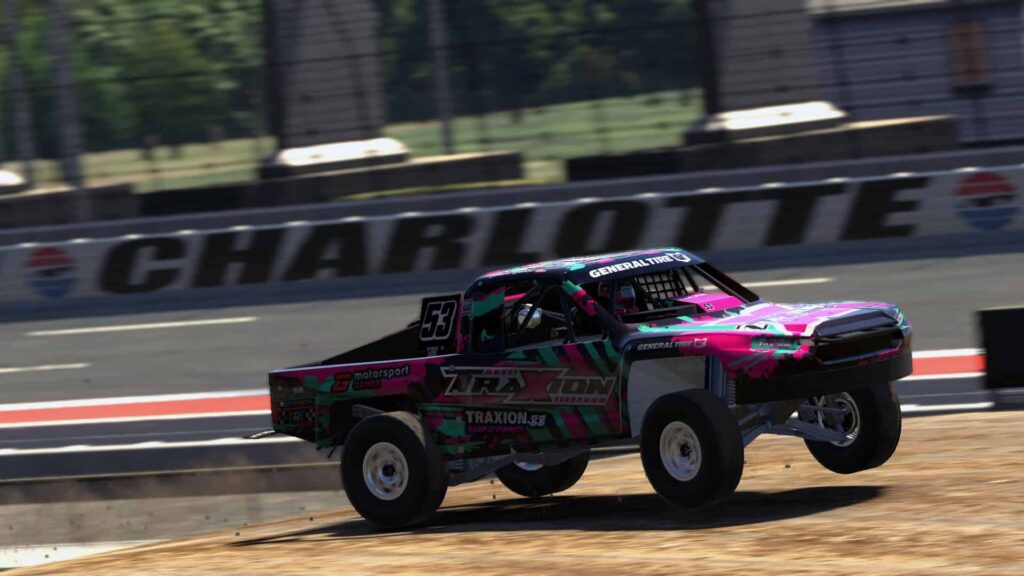
There are five standard license levels and two additional advancements past that in Pro and World Championship, essentially variations of Super Licenses in iRacing. Those advancements come in the wake of specialized World Championship level racing series, such as the eNASCAR Coca-Cola iRacing Series or any of the other Driver’s World Championships (DWC) run in the past.
From rookie, iRacers will advance to the Orange level, Class D. After a stint driving some more advanced cars at more technical tracks (which will likely need to be purchased, see our guide on the cost of iRacing for more information), the Yellow License, Class C, is obtained.
The Class C level starts to put drivers in the vehicles that portray their classifications, such as the NASCAR Trucks, Super Late Models (on dirt and pavement), IndyCars, the entire library of GT3 cars, and even Supercars. These vehicles are much more difficult to master, but once sim racers have a handle on it, the Green level, Class B, can be reached.
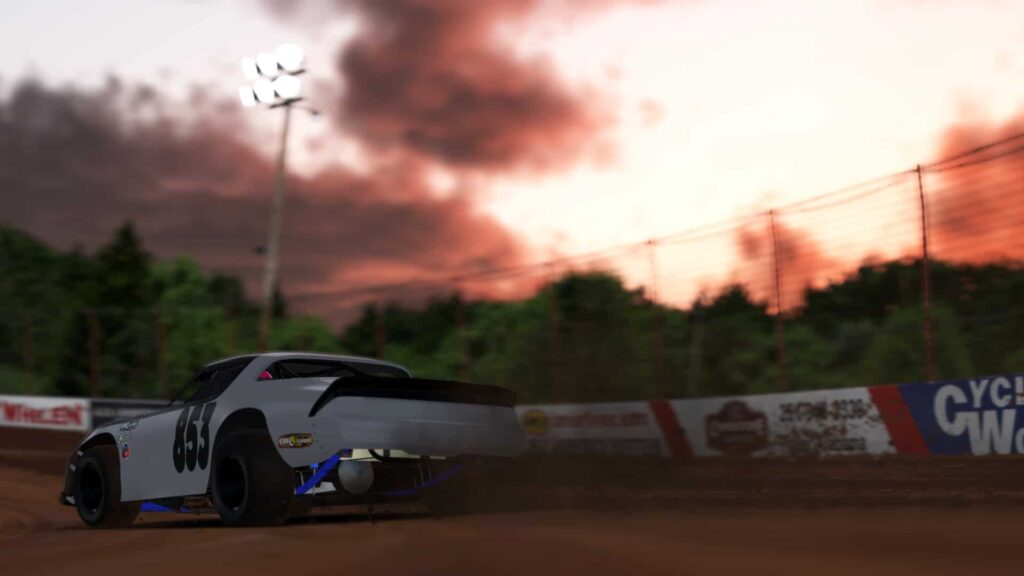
In the B level, GTE cars, Formula cars like the fantasy IR-01 and historic Lotus cars, NASCAR Xfinity Series cars and UMP Modifieds are all at a member’s disposal if they’ve made those purchases. The top-level tracks are here, and it all sets up for the final standard license level, the Blue Class A License.
At Class A, there is nothing that can’t be driven in an official setting. All cars, tracks, and series that aren’t solely Rookie or World Championship are on the table. Of course, a license has mostly no effect on racing in hosted or league races, unless those administrators impose a minimum requirement to participate, but a Class A license can be acquired with no impact from iRating and minimal impact from Safety Rating.
iRacing provides some starter videos for getting started on the service, here’s one below that gives a brief overview of what the license system looks like.
INTERMEDIATE LEARNING: Safety Rating
An iRacer’s Safety Rating is based upon the number of clean corners completed versus the number of incident points racked up. Everyone starts their virtual career at a 2.50 Safety Rating with obtaining a Rookie license. From there, every clean race or mistake-filled event will determine that number between 0.00 and 4.99. There’s some convoluted math that goes along with determining that number, but I’ll try to keep it as simple as possible.
Driving a clean 10 lap race will net a positive increase in Safety Rating, but earn 1x, 2x, or 4x incident points and that Safety Rating will likely plunge. Conversely, running a 200-lap race with multiple incidents might still net a positive increase, but running 200 laps clean without incident could see a huge payout once the checkered flag flies. Running more laps at tracks with more turns would likely see a bigger payout on one’s Safety Rating as well.
Incident points negatively affect a Safety Rating if they are gotten during an event. Incidents can be earned at a rate of 0x, 1x, 2x, or 4x depending on the severity and type of incident involved. A 0x only negatively affects a driver if it’s earned during a time trial, and in that case, a lap would be invalidated. Most 0x incidents will come from slight contact with a wall or another competitor. 0x incidents don’t affect a Safety Rating if it’s the only incident that occurs.
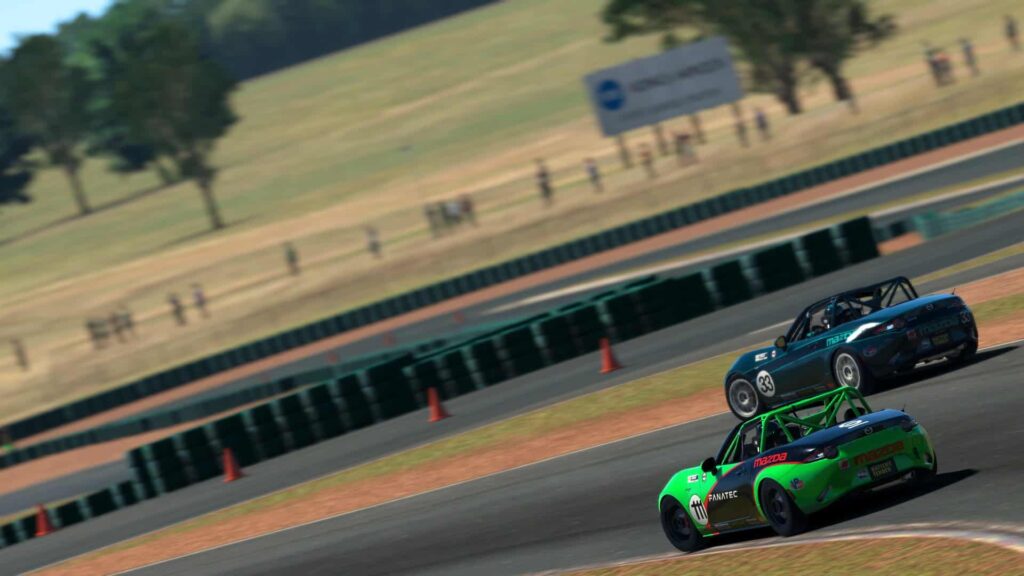
1x incidents are usually off-track incidents, where the driver goes off the racing surface. This could be for cutting a course or going past track limits. 2x incidents are from contact that is normally damaging in one way or another, such as a hard slap to the wall or contact with another driver who gets wrecked. A 2x could also come from loss of control. A 4x is the most egregious example, usually appearing when a large incident occurs with multiple cars involved. Incidents are sometimes unavoidable, but minimizing mistakes will help keep that rating in check.
Safety Rating is also affected by whichever license level a driver is at and the license level of the series that they are participating in. Let’s say that NASCAR Trucks is the best driving vehicle on the service, but they run officially as a Class C series. If a Class A driver participates in that, their Safety Rating would be affected just a bit more due to the math than a Class C driver in the same race. It prevents, to a point, farming a lower class for higher Safety Rating and iRating. There are still some loopholes to that which can be exploited, but for the most part, it could end up being more detrimental than positive with some less than stellar luck.
Other drivers take notice to the Safety Rating as well. Some external apps allow racers to see those stats in real time as they race, so when they come up on a driver that has a 1.25 Safety Rating, they might drive a little more carefully to get around them than if they come across a 4.99 Safety Rating. A Safety Rating is basically the badge in which cleanliness is determined on the racetrack. Strutting around with a 4.99 Class A license is great, but where it matters to get to the top is the last piece of the puzzle, the iRating.
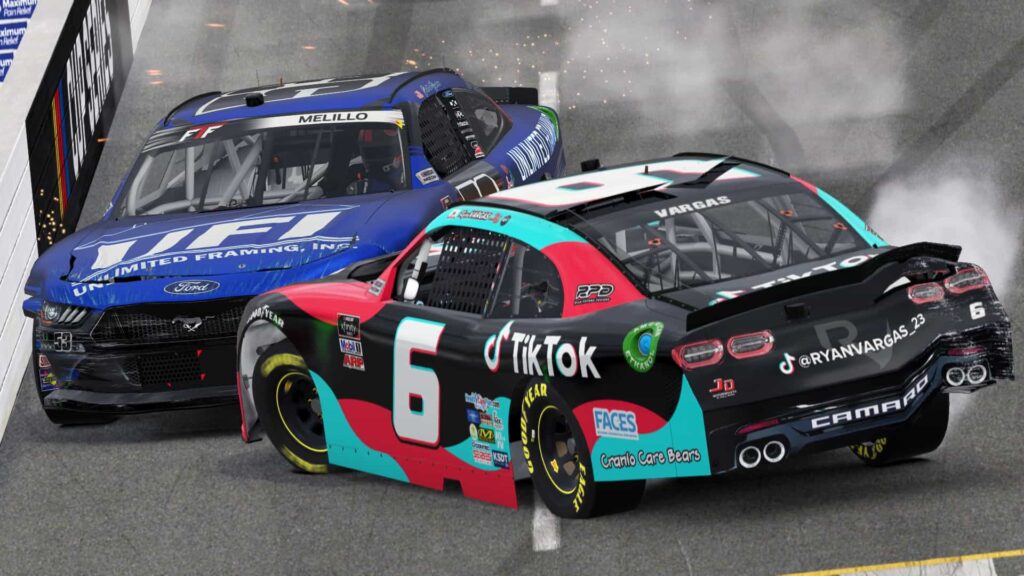
EXPERT STUDY: iRating
Nobody needs to have a good iRating to be able to participate in all the content available on the iRacing Service. iRating is iRacing’s way to place drivers of similar skill level against one another in official events so that sim racers are all on a more equal footing when they decide to hop on and race.
For Rookie drivers, iRating isn’t visible yet on the Red Rookie license, which allows the service to randomly sort rookies into official races based on complete randomness. When drivers graduate to a Class D license, the starting iRating level is 1350. Dropping below the starting level isn’t necessarily a bad thing, but it may mean that driver might want to invest in training tools to learn the sim better, places such as Virtual Racing School, Pure Driving School or Apex Racing Academy, to name a few.
It could be that the fixed setup races don’t suit a driver’s racing style, plus at the highest levels of competition, open setups are a common staple. A move to open setup races might be difficult at first in trying to learn how to make setups, but it could be rewarding in the same sense learning from places like Maconi Setup Shop, Rocket Racing Setups or RYCO Motorsports. Many of the online racing schools also provide setup teachings on top of their curriculum and specialty, such as Total Advantage Academy for Super Late Model racing on the service.
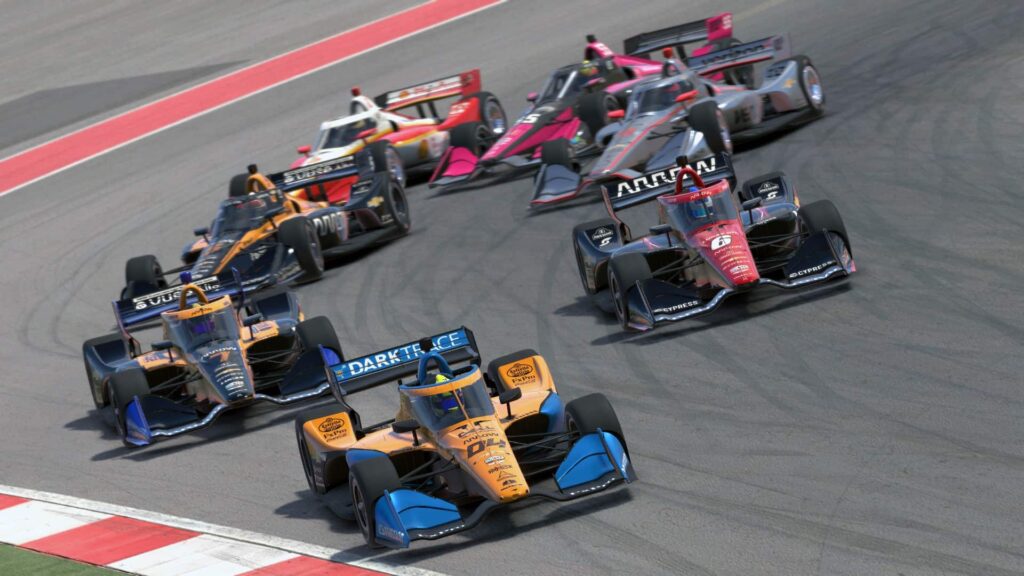
Each discipline on iRacing has its own License, Safety Rating, and iRating. Some of the highest iRating on Ovals also sit at a Class A license or above with Safety Ratings above 4. For Road and Dirt Oval, maybe the Safety Ratings for some of the bests are a little scattered, but for the most part, the best racers in each discipline have mastered all three.
Dirt Road is the only license that currently doesn’t go above a Class B license level, but in 2021’s Season 3, the new ladder system will make it possible for those drivers to advance up to the Class A ranks, despite already having over 8,000 iRating.
Another thing to look out for a is the Strength of Field (SoF) number when participating in races. Higher SoF races will yield larger gains in iRating to the winner of the race, especially if their iRating is currently below that SoF number. The SoF is basically an average of everyone’s iRating who is competing in that given race.
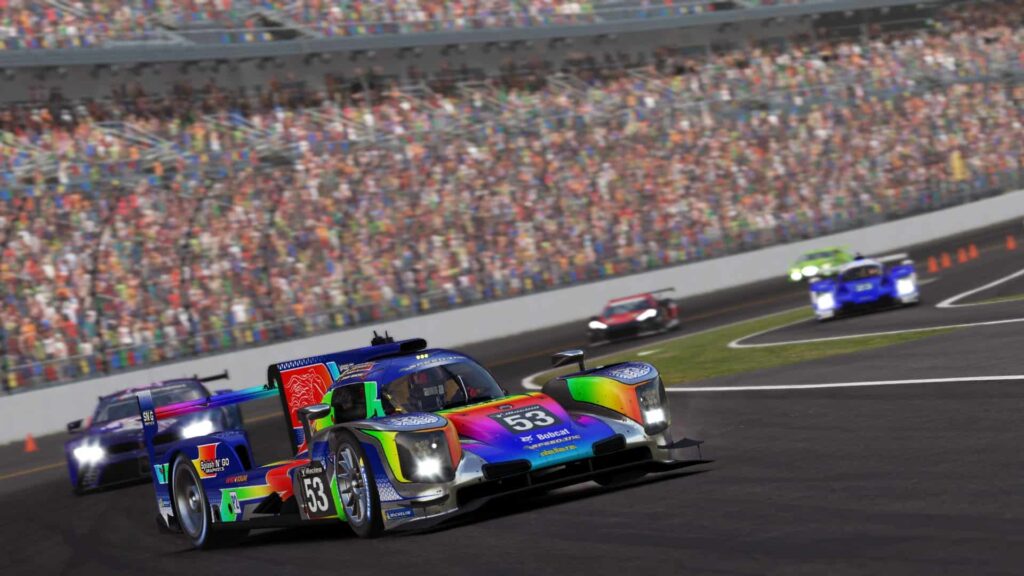
If anyone on social media is trying to “stack” a certain race, they are merely trying to get any many high ranked drivers to participate so that the SoF is maximized. Sometimes the terminology is used in jest, so be careful when trolling around on places like Twitter or Facebook.
Higher race splits will always yield more to the top performers, whether it’s iRating, Safety Rating gain, or even championship points towards a series season title. A prime example is the eNASCAR Road to Pro Series which gets hundreds of drivers registered at a time.
Obviously, hundreds of drivers can’t all race together on the same track at the same time, so the races are split up as evenly as possible, normally by iRating, with the top splits carrying the highest SoF and the highest opportunity to earn championship points.
CONCLUSION
It often takes hours of practice, training, testing, and inherent skill to be one of the best on the iRacing service. A fancy rig may help to some degree with getting the right feel for the sim, but ultimately, it all depends on how drivers adapt to their environment and excel to the best of their ability. Race hard, race often, race clean and always race with respect.
At the end of the day, anyone’s iRacing experience is what they make it and what they put into it as far as time and costs are concerned. You don’t have to be the best to enjoy the sim as a part or as a whole.
Hopefully, this guide can be useful to anyone starting their first laps around the virtual circuit.
















